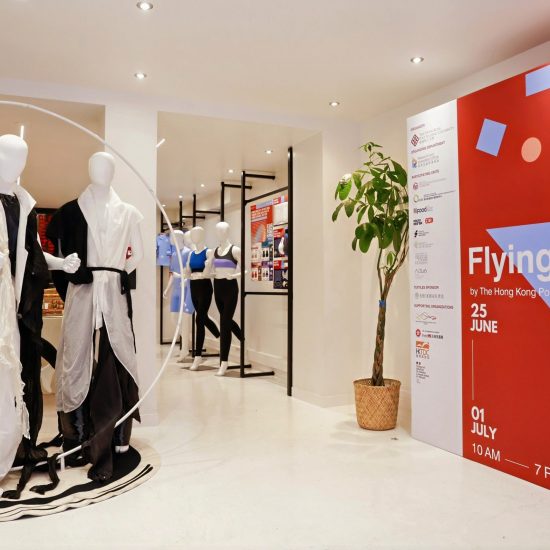Contrails, those wispy white streaks trailing airplanes, might seem innocuous, but they pack a surprising punch. These high-altitude ice clouds can trap heat, contributing significantly to aviation’s climate impact. Now, airlines are taking aim at contrails with a weapon not found in any pilot’s arsenal – artificial intelligence (AI).
The science behind contrail formation is complex. When airplanes release hot exhaust into cold, humid air, it can trigger the condensation of water vapor, forming ice crystals that become visible as contrails. These icy clouds can linger for hours, acting like a heat blanket, trapping warmth radiating from Earth. Studies suggest contrails contribute roughly 35% of aviation’s overall warming effect, exceeding the impact of jet fuel emissions themselves.
This is where AI swoops in. Researchers are developing AI models that can predict areas where contrail formation is most likely. By crunching vast amounts of data – weather patterns, satellite imagery, and flight path information – AI can create real-time contrail forecast maps. Armed with these maps, pilots can make informed decisions about their flight paths, potentially choosing routes with lower contrail risk.
Early trials have shown promise. A collaboration between Google AI, American Airlines, and Breakthrough Energy saw pilots use AI-powered contrail forecasts on 70 flights. The results were impressive – a 54% reduction in contrail formation compared to flights that followed standard routes. This suggests that AI-powered contrail avoidance could be a scalable and cost-effective solution for airlines.
However, navigating the skies of contrail reduction isn’t without turbulence. There’s a potential trade-off – avoiding contrails might necessitate slightly longer flight paths, leading to increased fuel consumption and emissions. Finding the sweet spot – minimizing contrails without burning extra fuel – will be crucial.
Furthermore, integrating AI into air traffic control systems and ensuring widespread adoption across airlines will require collaboration and regulatory navigation.
Despite the challenges, the potential benefits of AI-powered contrail reduction are undeniable. By harnessing the power of AI, airlines can take a significant step towards a more sustainable future for air travel. This innovative approach could help mitigate aviation’s climate impact, clearing the skies for a greener tomorrow.
____________________________________
This article first appeared on Greenlogue and is brought to you by Hyphen Digital Network







